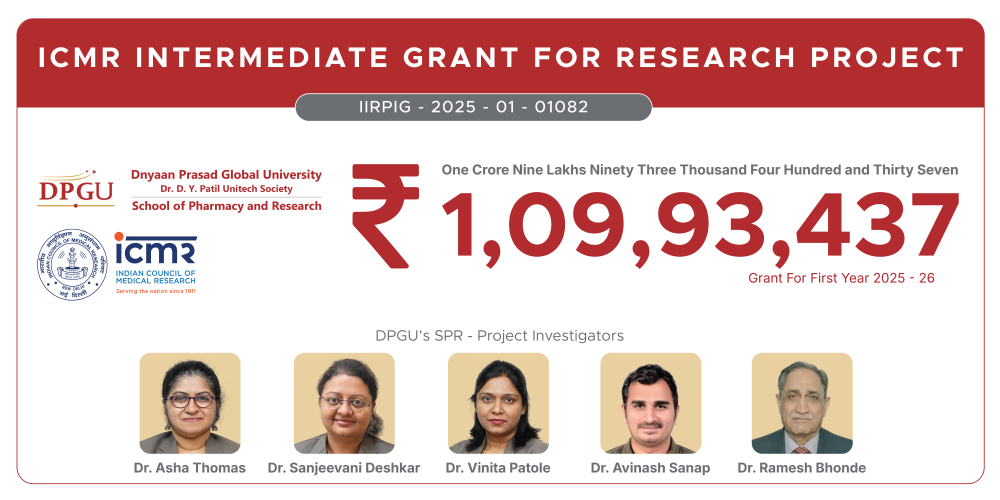IIT-M develops low-cost chip-based device for rapid antibiotic susceptibility testing
August 25, 2025 | Monday | News
Uses electrochemical signals to detect bacterial resistance to antibiotics within just three hours
Researchers at the Indian Institute of Technology Madras (IIT-M) have developed an innovative and affordable microfluidic device that can rapidly determine whether bacteria are resistant or susceptible to antibiotics.
Unlike many modern techniques that rely on costly metals, complex fabrication processes, or require highly skilled technicians, this lab-on-chip device, known as ‘ε-µD’ is based on screen-printed carbon electrodes embedded in a simple microfluidic chip. This approach makes the device not only economical but also suitable for deployment in smaller clinics and rural healthcare centres.
Designed for speed, sensitivity, and ease of use, it holds strong potential for early diagnosis and better treatment of bacterial infections, particularly in regions with limited access to advanced laboratory infrastructure. The ε-µD device can deliver results within three hours and is based on ‘Electrochemical Impedance Spectroscopy’.
Antimicrobial resistance (AMR) is one of the most pressing challenges facing global healthcare systems today. Antimicrobial Susceptibility Testing (AST) is an important method used to identify which antibiotics will work against a specific infection. It helps doctors choose the right treatment and avoid the misuse of antibiotics, which is a major cause of AMR.
However, traditional AST methods, which involve growing bacterial cultures and observing their response to antibiotics, are labour-intensive and typically take 48 to 72 hours. This delay can lead to the use of broad-spectrum antibiotics as a stopgap, which in turn exacerbates the resistance problem.
The researchers tested the device on two types of bacteria - gram-negative E. coli and gram-positive B. subtilis. They used two antibiotics with different modes of action — ampicillin, which kills bacteria and tetracycline, which prevents them from growing — to confirm the device’s ability to detect both kinds of responses. The ε-µD was able to detect susceptibility profiles within three hours.
In an important demonstration of real-world applicability, the team also tested the device on urine samples spiked with E. coli and successfully identified resistance to tetracycline, showing the potential of this device in clinical diagnostics.










